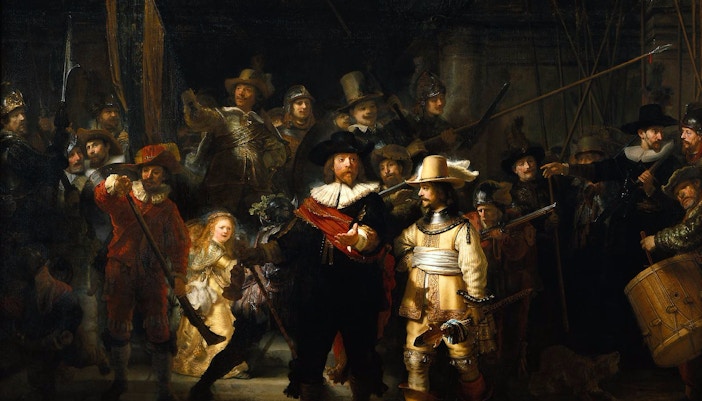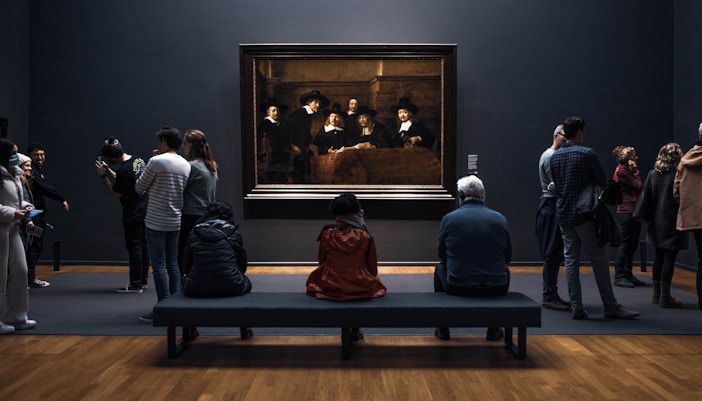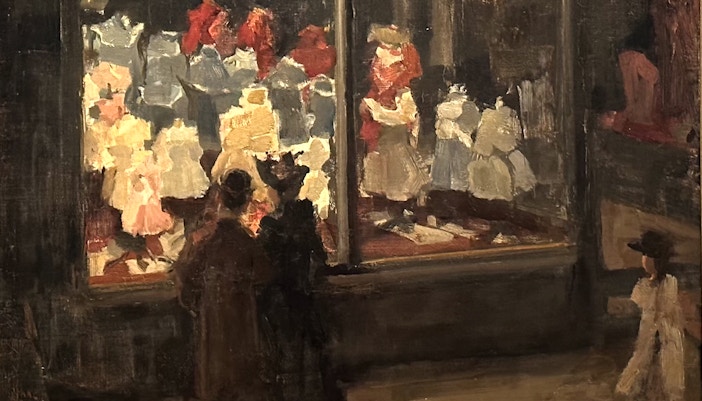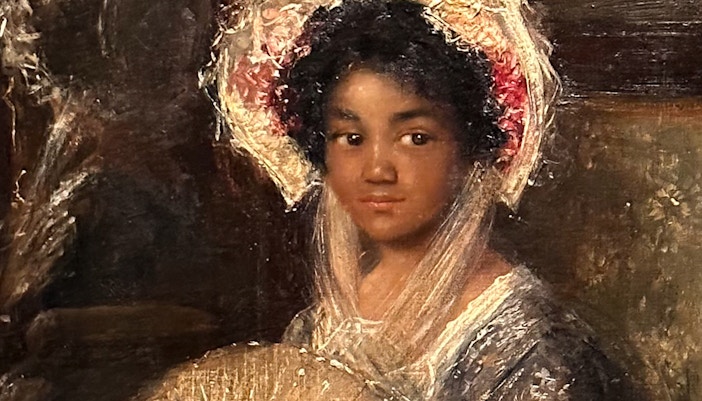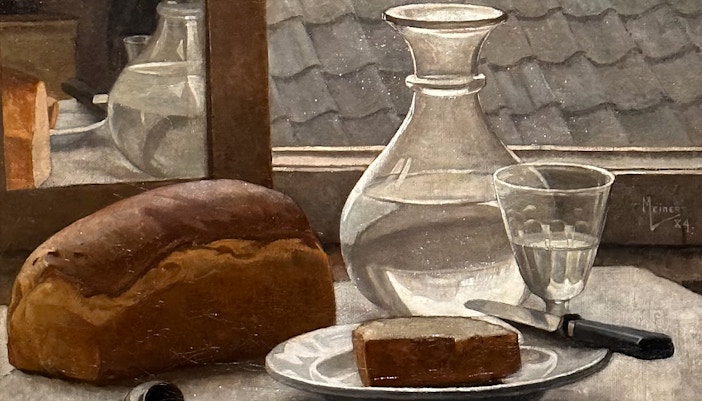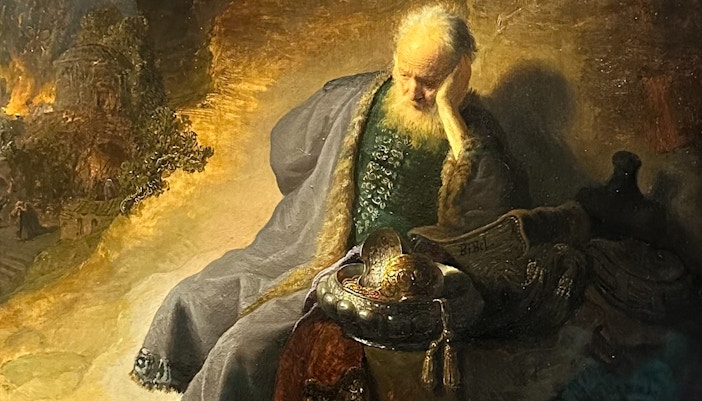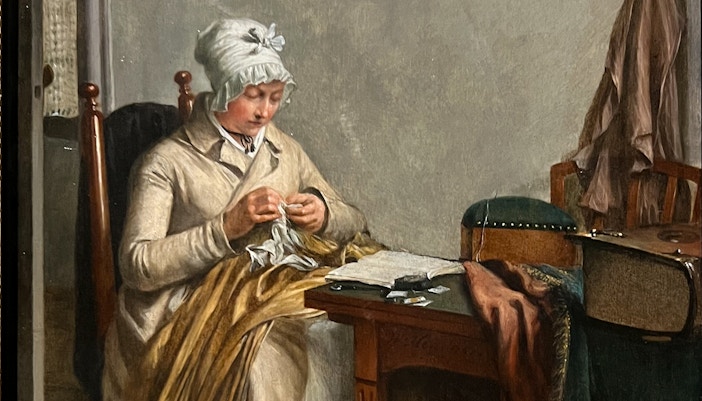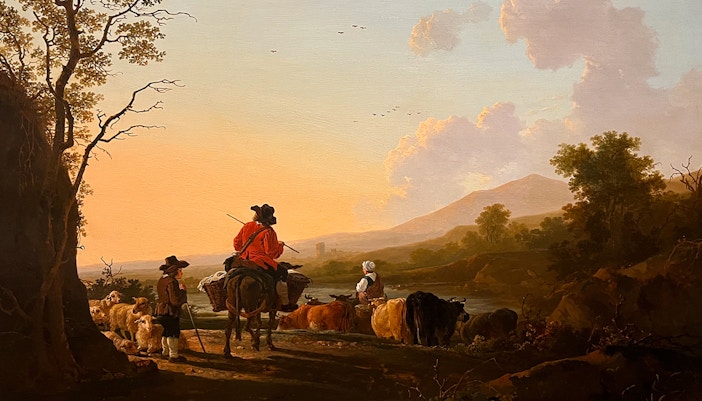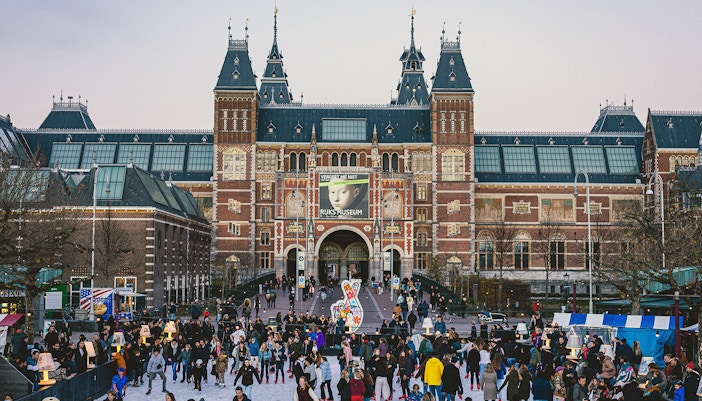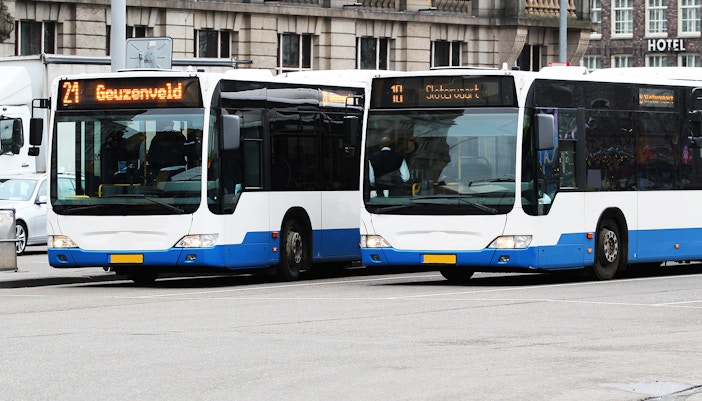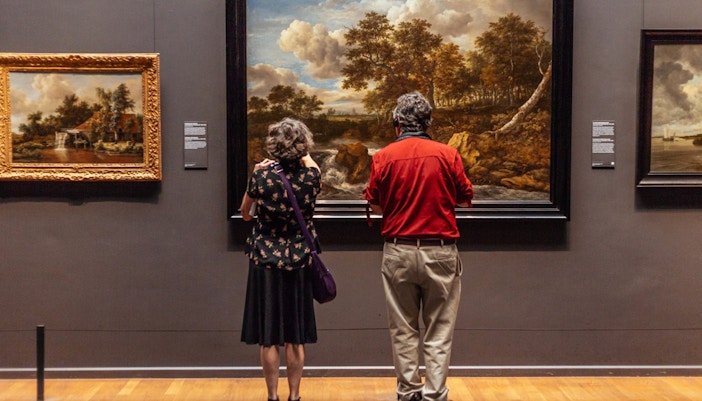Brief History of the Rijksmuseum
1798: The government decided to establish a national museum as a ‘prestige project’ to inspire patriotic feeling and to store important objects.
1800: The National Art Gallery is inaugurated in The Hague with more than 200 paintings and historical objects from both the Stadtholders’ collections and national institutions.
1808: Emperor Napoleon Bonaparte moves the national collections to the Royal Palace on Dam Square in the new capital, along with other important paintings, including Rembrandt’s 'The Night Watch'.
1809: The Royal Museum officially opens on the palace’s top floor.
1813: King Willem I relocates the museum and the national print collection from The Hague to Trippenhuis, a 17th-century city palace, and christened it the ‘Rijks Museum’, or ‘national museum’.
1876: The construction of Netherlands' own national museum building. Pierre Cuypers is commissioned to be the architect.
1885: The Rijksmuseum is opened to the public housing almost all of Amsterdam’s collection of older paintings, in addition to the existing collections.
1904-1950s: A series of renovations, including the construction of the Philips Wing and the new Asian Art department.
2003-2013: The museum was restored to Cuypers’ original architectural plan where paintings, applied arts, and history are no longer displayed in separate parts of the building but rather tell a chronological story.


